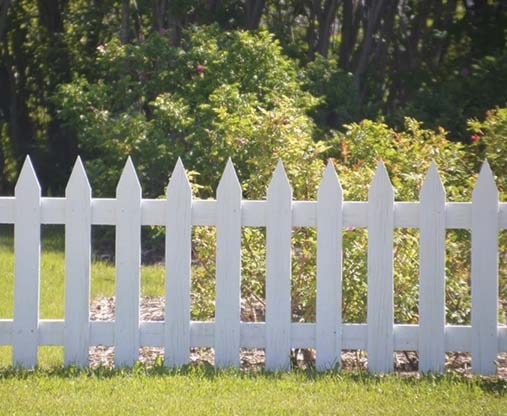Submitted by Pigeon Lake Watershed Association
If Pigeon Lake could choose for itself the most absorbent material surrounding its banks and shores, lawns would not be at the top of that list. Ideally, lots would have good deep soil and long rooted plants to uptake the amazing amount of nutrients (much from dust fall) that needs to be filtered before entering the lake. Lawns, generally speaking, aren’t the best way to filter nutrients out of the water body.
But many people do like having at least some lawn so this column and the rest of the resources on the Healthy-Lake Lawns webpage can help residents minimize lawn impact on the lake.
Grass needs are simple – sunlight, water, nutrients, and some circulating air around their roots. When the grass and the soil are naturally healthy, it can stay free from disease and bad bugs, and outcompete unwanted plants.
Spring has come very early this year. Many people like to “clean up” yet many helpful bugs (such as lady bugs who eat aphids) begin life in the collections of leaves and debris at the base of trees and bushes. Generally they mature enough to move on around the May long weekend, possibly earlier this year, so leave the leaves around the outer edges of the lawn and at the base of plants while longer.
Spring Actions for a Healthy-Lake lawn:
I. De-thatch your lawn. The goal is to scratch the surface and to collect any clumps of extra dead material on the lawn and to break up the dead material so it does not create a barrier for meeting its needs. Use a rake. Get rid of the old matted grass (thatch) and get some good exercise. What you rake up is a perfect base ingredient for compost. If you do not have a composter, we encourage you to start one, recycling the nutrients already in the watershed.
Aerate your lawn. Aeration can help your lawn, especially if the certain chemicals were used in the past (e.g. fertilizers, pesticides, herbicides). Once your soil is healthy, the microbes will aerate the soil although the high traffic areas may still need to be aerated.
II. Consider your lawn mower. New light weight push mowers are one option with many benefits: no noise, no gas, no on-going cost, no bother to your neighbours, very safe and good exercise. Some gas mowers can pump as much carbon dioxide into the air as a car traveling 20 kilometers. However, not recommended for grass higher than 3.5 inches.
Use a mulching mower to return the nutrients in leaf litter back to your soil. Note: If dandelions have gone to seed – pick up the mulch when you mow or you spread the seeds.
III. Maintain your lawn mower. Clean your mower of caked on grass to help ensure that you do not pick up and distribute any disease. Sharpen the blades. It is better for the grass to have clean cuts.
IV. Overseeding/Seed mixes. If your lawn is mostly Kentucky Bluegrass (it has a very short root system and requires more nutrients and water, so no more than 10 to 20 per cent that grass is recommended), please consider moving to drought tolerant native grass by overseeding with seed such as Sheep Fescue, Creeping Red Fescue, Tall Fescue and Ryegrass. Consider adding Dutch or white clover to your lawn. The clover fixes atmospheric nitrogen to the soil.
For stretches of dry weather, infrequent thorough watering encourages deeper roots. Only water the equivalent to 2.5 cm (1”) of water once a week. Frequent light watering encourages shallow roots and leaves the grass vulnerable to insects and disease.
V. Lawn patches suffering from winter kill. Rake the area taking off the dead grass. Overseed with our recommended seed mix (see above and recommended products list). Top-dress with compost or an organic fertilizer (see above and recommended products list).
VII. Start a composter if you do not have one already. Use the nutrients already in the watershed versus adding additional nutrients. Use a mix of “browns” (old leaves and dead grass) and “greens” from your kitchen.
By making these choices you can treat yourself to a lawn, which is safe for children, pets and the environment! Yes, you can have a healthy lawn at our beautiful and precious Pigeon Lake!
The PLWA is submitting a regular column to the Pipestone Flyer with great advice that’s healthy for kids, pets, the watershed and the lake. For more information on how the community can help keep Pigeon Lake healthy check www.plwa .ca.
